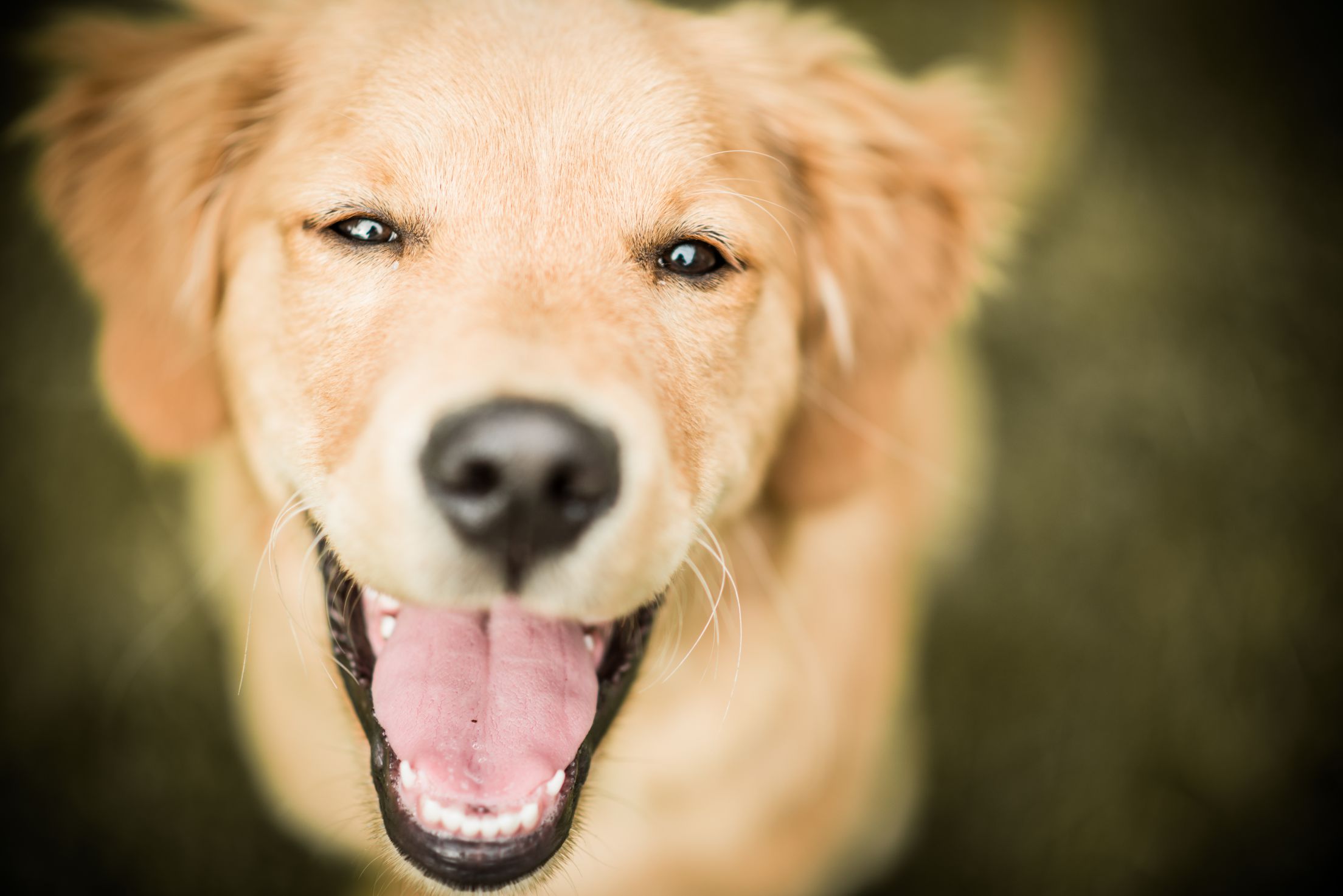Chapter 11. Can the News Influence Our Implicit Prejudice?
Introduction
Factorial Design
This activity will allow you to create a design to test the combined effect of 2 variables—the type of crimes and the race of the suspects—on racial prejudices.
Dr. Melanie Maggard
Dr. Natalie J. Ciarocco, Monmouth University
Dr. David B. Strohmetz, Monmouth University
Dr. Gary W. Lewandowski, Jr., Monmouth University
Something to Think About...
Scenario: Although progress has been made since the 1960s Civil Rights Movement, racism still exists in today’s society, often in ways that are not easily recognizable. Racial prejudice affects all of us and is influenced by a combination of learned experiences, environment, parenting, and more. No single event is responsible for creating our racial prejudice; rather, prejudice is the result of multiple factors.
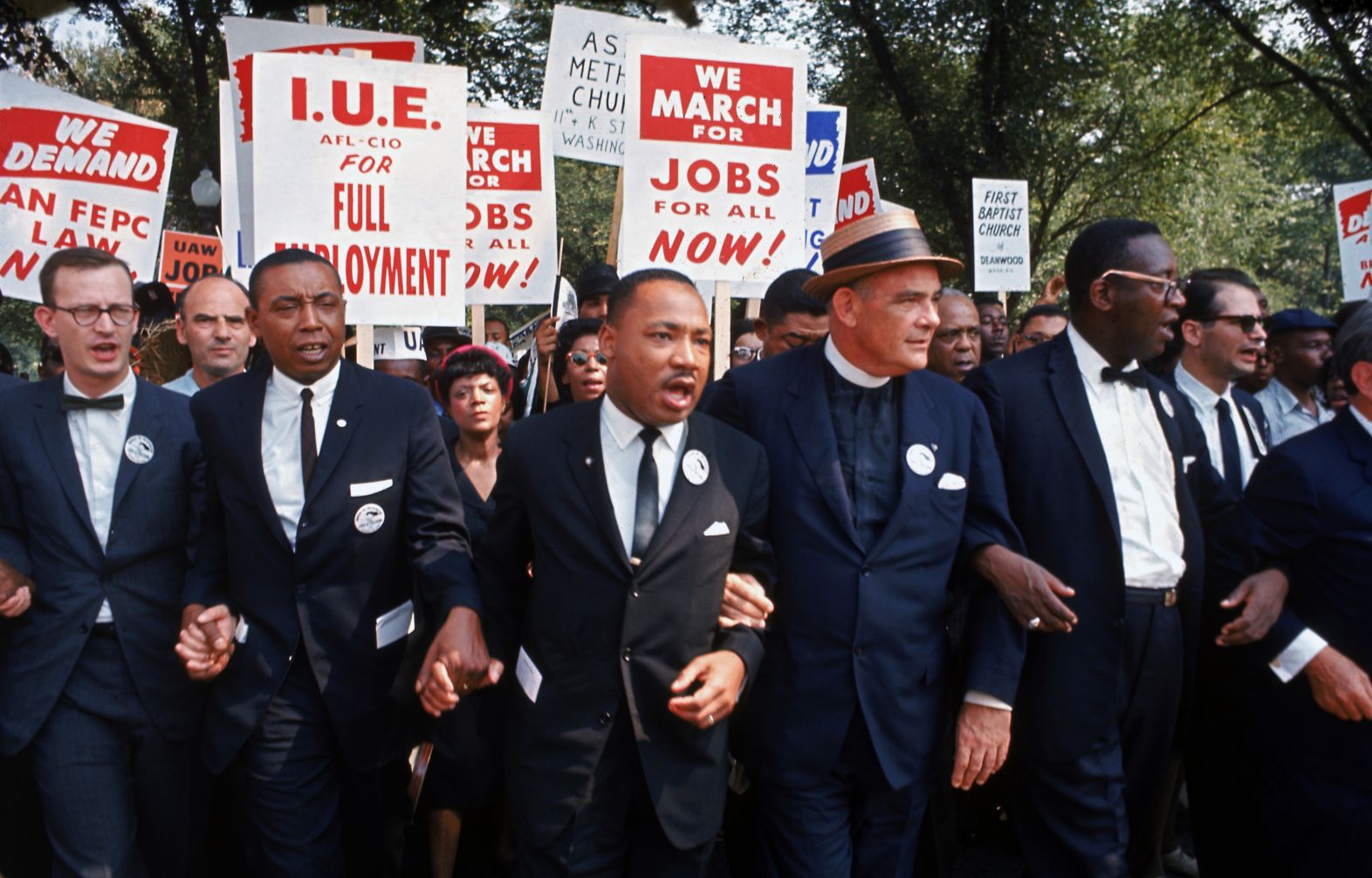
Something to Think About…
Racial prejudices are evident in a wide variety of settings, including in the context of how we view those who have committed crimes. Is it possible that we judge African Americans differently than European Americans in these situations? Do our views make us more likely to believe that punishment for certain types of people should be harsher? Does the type of crime committed—such as a “white-collar” crime like embezzlement vs. a “blue-collar” crime like robbery—also contribute to our beliefs?

Our Research Question
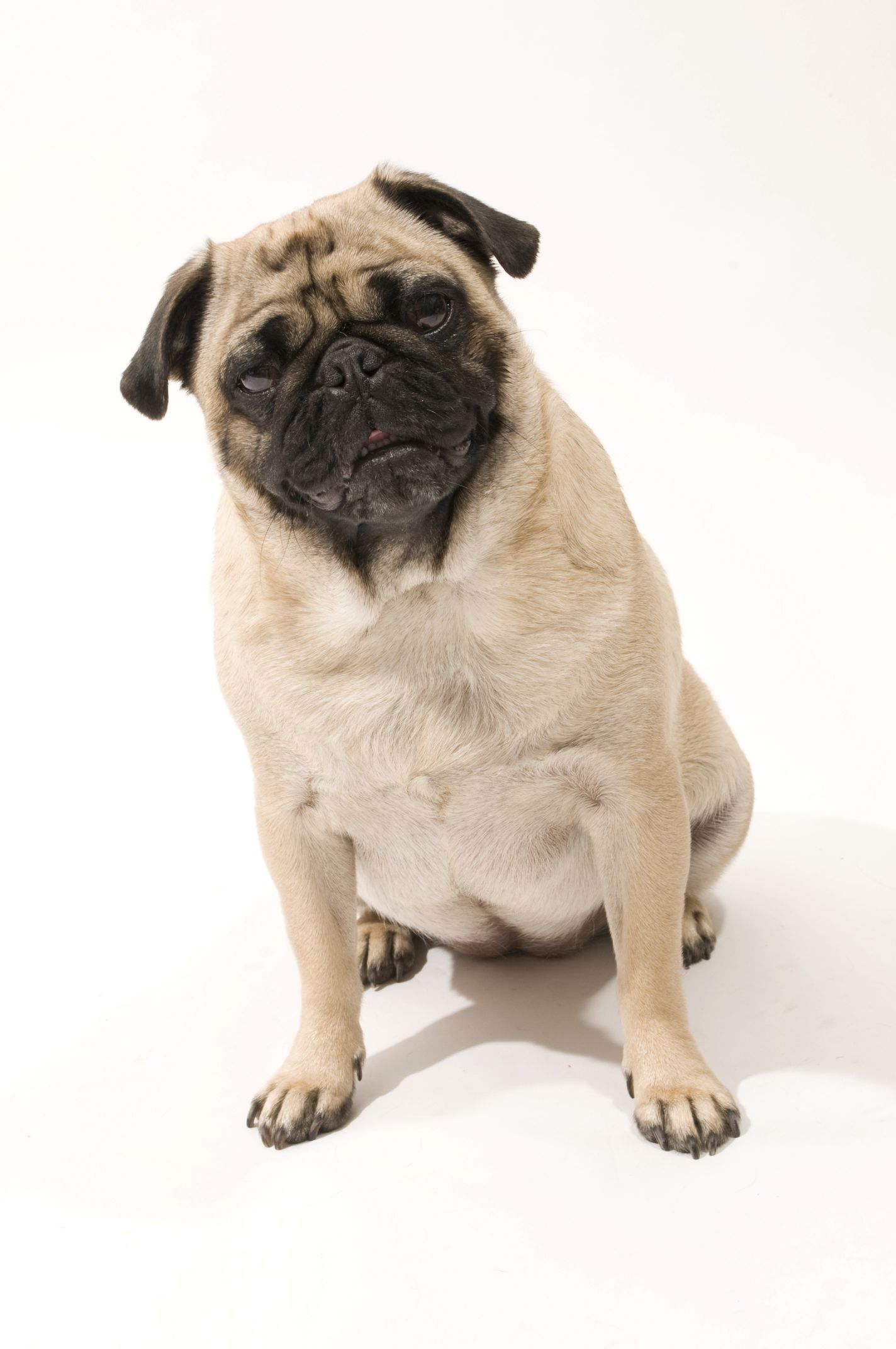
With these questions in mind, we will develop a research study that examines types of crimes, races of suspects, and racial prejudice. But first, you will need a framework to help you explore this topic. Research studies all start with a question, so here is your chance to ask one of your own.
Question 11.1
Which of the following research questions would be best to ask given the goal of our study?
| A. |
| B. |
| C. |
Picking the Best Design

Now that you have a research question (“How do the type of crime and race of the suspect influence racial prejudice?”), you must decide which type of research design will best answer your research question. To narrow things down, consider the following:
Nonexperimental Design
Experimental Design
Question
Does your research question require a nonexperimental design or an experimental design?
| A. |
| B. |
Picking the Best Design

Having decided that your research question requires a comparison between groups, you must determine the best comparison to make. However, there are multiple comparisons to be made: between types of crime and races of suspects.
Question
Given the research question (“How do the type of crime and race of the suspect influence racial prejudice?”), which of the following would be best to use for the type of crime comparison?
| A. |
| B. |
| C. |
Picking the Best Design

Question
Given the research question (“How do the type of crime and race of the suspect influence racial prejudice?”), which of the following would be best to use for the race of the suspect comparison?
| A. |
| B. |
| C. |
Picking the Best Design

Now that you have selected experimental design that compares exposure to embezzlement vs. robbery and a European-American vs. African-American suspect on racial prejudices, you can identify your independent and dependent variables.
Independent Variable (IV)
Dependent Variable (DV)
Question
Given the research question (“How do the type of crime and race of the suspect influence racial prejudice?”), what are your independent variables?
| A. |
| B. |
| C. |
Picking the Best Design

Question
Given the research question (“How do the type of crime and race of the suspect influence racial prejudice?”), what is your dependent variable?
| A. |
| B. |
| C. |
Picking the Best Design

You have developed an experiment with 2 independent variables (type of crime and race of suspect) and 1 dependent variable (racial prejudice). This means we have a factorial design.
Factorial Design
Question
Based on your research question (“How do the type of crime and race of the suspect influence racial prejudice?”) and the variables in this study, what is the anatomy of this factorial design?
| A. |
| B. |
| C. |
Operationally Defining the Independent Variables
Next, we need to operationally define the first independent variable (IV), type of crime, by determining exactly how we will manipulate it. As we do, we’ll want to be sure our study has a high level of experimental and mundane realism.
Experimental Realism
Mundane Realism
Question
Which of the following study options has the highest level of experimental realism?
| A. |
| B. |
| C. |
Operationally Defining the Independent Variables
Question
Which of the following study options has the highest level of mundane realism in regard to type of crime?
| A. |
| B. |
| C. |
Operationally Defining the Independent Variables
Now we need to operationally define the second independent variable (IV), race of suspect, by determining exactly how we will manipulate it. As we do, we’ll want to be sure our study has a high level of experimental and mundane realism.
Experimental Realism
Mundane Realism
Question
Which of the following study options has the highest level of experimental realism?
| A. |
| B. |
| C. |
Operationally Defining the Independent Variables
Question
Which of the following study options has the highest level of mundane realism in regard to type of crime?
| A. |
| B. |
| C. |
Operationally Defining the Independent Variables
Of the options you explored, the task that is highest in experimental and mundane realism involves reading a local news event about a specific crime (embezzlement or robbery) involving $5,000, with the race of the suspect (European-American or African-American) identified. Because participants may figure out the intention of our study if they are exposed to multiple news stories, each participant will only be exposed to 1 condition, or combination, of our independent variables.
Question
Which of the following demonstrates all of the potential combinations of the independent variables in this factorial design?
| A. |
| B. |
| C. |
Operationally Defining the Independent Variables
The following table illustrates the 4 combinations in our 2 x 2 factorial design, where each person will be assigned to 1 of these conditions:
- A: Embezzlement + European-American
- B: Embezzlement + African-American
- C: Robbery + European-American
- D: Robbery + African-American
| Summary of Our Factorial Study | |||
|---|---|---|---|
| Race of Suspect | |||
| European-American | African-American | ||
| Type of Crime | Embezzlement | A | B |
| Robbery | C | D | |
Operationally Defining the Dependent Variable
You have now established the key comparisons between the 4 groups as variations of the type of crime and race of the suspect. Next, we need to specify the exact nature of our dependent variable, racial prejudice. First, consider the following:
Question
Which type of measure is better for assessing racial prejudice?
| A. |
| B. |
Choosing the Best Measure
We know we want to use a behavioral measure to measure racial prejudice. Now it is time to determine which type of behavioral measure to use. Keep in mind how many and what types of questions, reliability, validity, and sensitivity would be appropriate for our study.
Reliability
Validity
Sensitivity
Question
Which of the following would be the best behavioral measure of racial prejudice in this study?
| A. |
| B. |
| C. |
Determining Your Hypotheses

Now that you have determined what you will manipulate and measure, you must formulate an experimental hypothesis. Because we have multiple independent variables, we will also need multiple hypotheses: main effect hypotheses and interaction effect hypotheses.
Main Effect Hypothesis
Interaction Effect Hypothesis
Question
Given the nature of your study, which of the following is the best experimental hypothesis for the main effect of type of crime?
| A. |
| B. |
| C. |
Determining Your Hypotheses

Question
Given the nature of your study, which of the following is the best experimental hypothesis for the main effect of race of suspect?
| A. |
| B. |
| C. |
Determining Your Hypotheses

Now that we have our main effect hypotheses, we must create the interaction effect hypothesis.
Question
Which of the following is the best experimental hypothesis for the interaction effect of type of crime and race of suspect?
| A. |
| B. |
| C. |
Finding a Sample

Before you can conduct your experiment, you need to determine exactly whom you want to study and where you can find this target sample.
Question
Which of the following samples would be best for your experiment?
| A. |
| B. |
| C. |
Submitting to the IRB

Now that you have determined how you will collect your data and your intended sample, you must submit your research procedure to the Institutional Review Board (IRB) for ethical approval. The IRB or ethics board will determine whether or not your study meets all ethical guidelines.
IRB
Each IRB has its own protocol that conforms to the national standard when a researcher submits an application for proposed research to be reviewed. In addition to the appropriate paperwork and other information submitted to the IRB, the board would consider the following description during their evaluation of your proposed experiment:
The purpose of this research is to determine whether there is an interaction effect of type of crime (embezzlement or robbery) and race of suspect (European-American or African-American) on racial prejudice. To study this topic, invitations to participate will be mailed to a random sampling of adults in the city. Participants will be told that the study is about current news events and offered $10 for their participation. Those who volunteer will provide informed consent before being randomly assigned to 1 of 4 conditions: Embezzlement + European-American, Embezzlement + African-American, Robbery + European-American, or Robbery + African-American. So that we may measure their racial prejudice, participants will read a news event based on the condition to which they are assigned and then determine the number of years in prison the suspect should receive.
Responding to the IRB

The IRB reviewed your submission and has 1 concern. The study involves deception, which carries the potential risk of temporary psychological distress based on whether a participant’s racial prejudice via the prison sentence they provide matches what they believe about themselves.
You must now determine how to respond to the IRB, keeping in mind the ethics of deception.
Question
Which of the following is the best response to the IRB’s concern?
| A. |
| B. |
| C. |
Running the Study
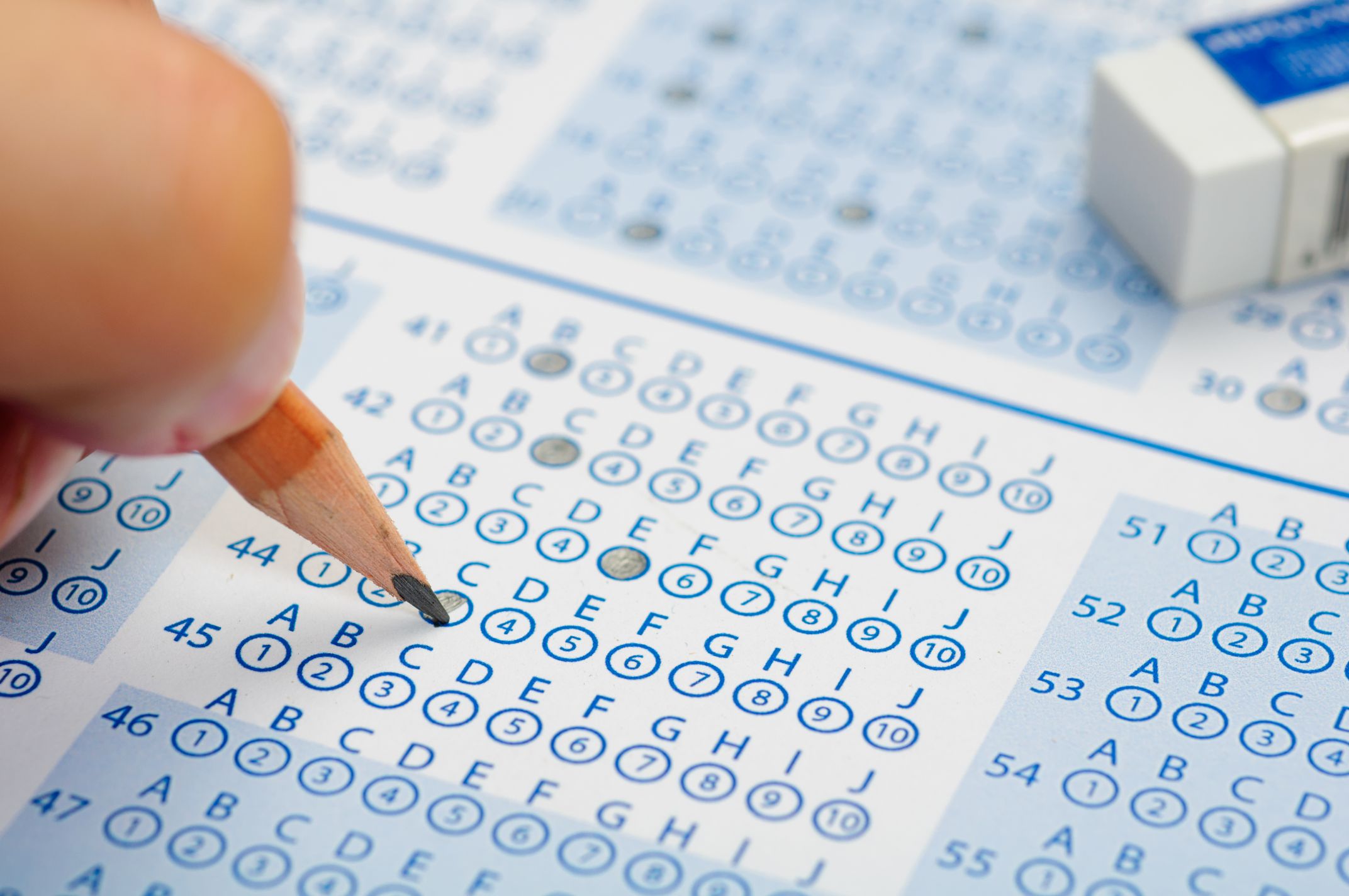
Now that we have secured the IRB’s approval, we should determine what the entire study will look like. Below are the steps of the study; can you place them in the proper order?
Collecting Data
Now that you have a sense of how to conduct this study, it is time to see what data from this study might look like.
If you were to run a full version of this study, you would want to have at least 30 participants in each of your 4 groups, for a total of 120 participants. Because you are using a between-subjects design, each participant will only be in 1 group.

Example Data Set
This is an example of what your data set would look like. The top row shows the variable names; the other rows display the data for the first 5 participants in each crime condition.
In the “Crime” column, a 1 = Embezzlement, and a 2 = Robbery. In the “Race” column, a 1 = European-American, and a 2 = African-American. The number of years in prison was recorded under Years, with possible scores ranging from 0 to 15 years.
| Participant Number |
Crime | Race | Years |
|---|---|---|---|
| 101 | 1 | 1 | 5 |
| 102 | 1 | 1 | 2 |
| 103 | 1 | 1 | 2 |
| 104 | 1 | 1 | 5 |
| 105 | 1 | 1 | 5 |
| 161 | 2 | 1 | 6 |
| 162 | 2 | 1 | 4 |
| 163 | 2 | 1 | 5 |
| 164 | 2 | 1 | 5 |
| 165 | 2 | 1 | 5 |
Selecting the Proper Tool
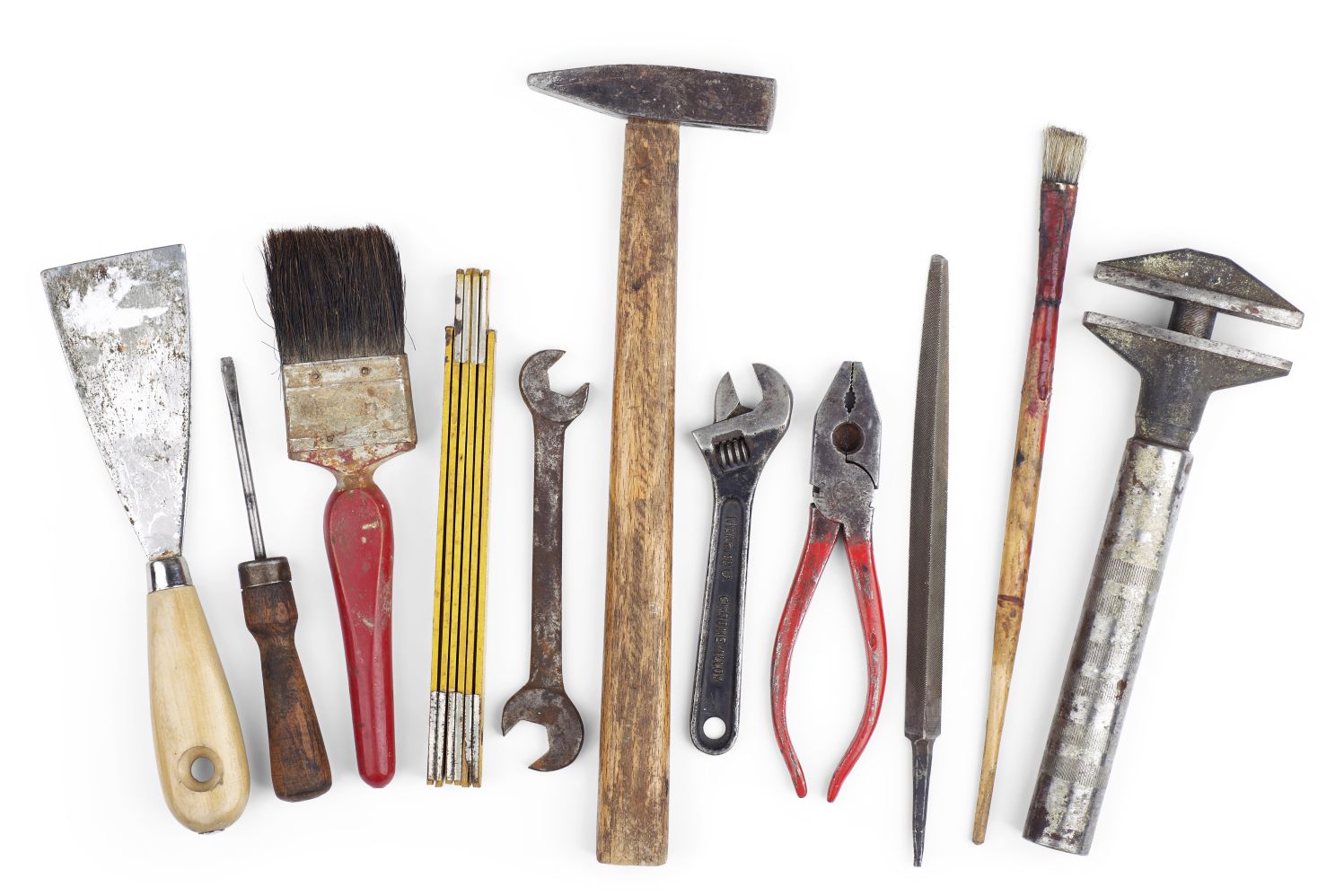
Now that you have collected your data, you must decide the best way to summarize your findings. The decisions you made about how to collect your data dictate the statistics you can use with your data now. First, you need to consider if your study is descriptive or inferential.
Descriptive
Inferential
Question
Given the nature of your experiment, which of the following is the best statistical method?
| A. |
| B. |
Tutorial: Evaluating Output

The following is an example of output for another two-way ANOVA where participants experienced only 1 condition in the study. This study was about how number of hours of television per night (1 hour or 4 hours) for a week and gender (male or female) influence self-reported happiness.
Click on the table below to learn more about each element of the output.
| Tests of Between-Subjects Effects | ||||||
|---|---|---|---|---|---|---|
| Dependent Variable: Happiness | ||||||
| Source | Type III Sum of Squares | df | Mean Square | F | Sig. | Partial Eta Squared |
| Corrected Model | 92.833a | 3 | 30.944 | 120.996 | .000 | .758 |
| Intercept | 1267.500 | 1 | 1267.500 | 4956.067 | .000 | .977 |
| TV | 76.800 | 1 | 76.800 | 300.297 | .000 | .721 |
| Gender | 8.533 | 1 | 8.533 | 33.366 | .000 | .223 |
| TV * Gender | 7.500 | 1 | 7.500 | 29.326 | .000 | .202 |
| Error | 29.667 | 116 | .256 | |||
| Total | 1390.000 | 120 | ||||
| Corrected Total | 122.500 | 119 | ||||
| a. R Squared = .758 (Adjusted R Squared = .752) | ||||||
Tutorial: Evaluating Output

To report these numbers in a results section, put the numbers in as follows:
F (#,#) = #.##, p = .##, eta2 = .##.
This should be done for each main effect and the interaction.
Click on the table below to learn more about each element of the output.
| Descriptive Statistics | ||||
|---|---|---|---|---|
| Dependent Variable: Happiness | ||||
| TV | Gender | Mean | Std. Deviation | N |
| 1 Hour | Male | 3.53 | .507 | 30 |
| Female | 4.57 | .504 | 30 | |
| Total | 4.05 | .723 | 60 | |
| 4 Hours | Male | 2.43 | .504 | 30 |
| Female | 2.47 | .507 | 30 | |
| Total | 2.45 | .502 | 60 | |
| Total | Male | 2.98 | .748 | 60 |
| Female | 3.52 | 1.172 | 60 | |
| Total | 3.25 | 1.015 | 120 | |
Tutorial: Evaluating Output

This graph shows us that females had higher happiness ratings when only 1 hour of TV was watched, but this difference went away when they were exposed to 4 hours of TV. Also, both males and females had lower ratings of happiness after 4 hours of TV than 1 hour of TV. There was an interaction between gender and hours of TV as the happiness ratings differed based on these variables.
Happiness
Hours of TV
Your Turn: Evaluating Output

Below is the output from your study:
| Tests of Between-Subjects Effects | ||||||
|---|---|---|---|---|---|---|
| Dependent Variable: Years | ||||||
| Source | Type III Sum of Squares | df | Mean Square | F | Sig. | Partial Eta Squared |
| Corrected Model | 345.292a | 3 | 115.097 | 107.933 | .000 | .736 |
| Intercept | 3424.008 | 1 | 3424.008 | 3210.873 | .000 | .965 |
| Crime | 200.208 | 1 | 200.208 | 187.746 | .000 | .618 |
| Race | 118.008 | 1 | 118.008 | 110.663 | .000 | .488 |
| Crime * Race | 27.075 | 1 | 27.075 | 25.390 | .000 | .180 |
| Error | 123.700 | 116 | 1.066 | |||
| Total | 3893.000 | 120 | ||||
| Corrected Total | 468.992 | 119 | ||||
| a. R Squared = .736 (Adjusted R Squared = .729) | ||||||
Your Turn: Evaluating Output

Below is the output from your study:
| Descriptive Statistics | ||||
|---|---|---|---|---|
| Dependent Variable: Years | ||||
| Crime | Race | Mean | Std. Deviation | N |
| Embezzlement | European-American | 3.53 | 1.224 | 30 |
| African-American | 4.57 | 1.104 | 30 | |
| Total | 4.05 | 1.268 | 60 | |
| Robbery | European-American | 5.17 | .834 | 30 |
| African-American | 8.10 | .923 | 30 | |
| Total | 6.63 | 1.717 | 60 | |
| Total | European-American | 4.35 | 1.325 | 60 |
| African-American | 6.33 | 2.047 | 60 | |
| Total | 5.34 | 1.985 | 120 | |
Your Turn: Evaluating Output

Based on the results of your statistical analyses, match the correct number in the “Answer” column to the term requested under “Prompt”:
| Tests of Between-Subjects Effects | ||||||
|---|---|---|---|---|---|---|
| Dependent Variable: Years | ||||||
| Source | Type III Sum of Squares | df | Mean Square | F | Sig. | Partial Eta Squared |
| Corrected Model | 345.292a | 3 | 115.097 | 107.933 | .000 | .736 |
| Intercept | 3424.008 | 1 | 3424.008 | 3210.873 | .000 | .965 |
| Crime | 200.208 | 1 | 200.208 | 187.746 | .000 | .618 |
| Race | 118.008 | 1 | 118.008 | 110.663 | .000 | .488 |
| Crime * Race | 27.075 | 1 | 27.075 | 25.390 | .000 | .180 |
| Error | 123.700 | 116 | 1.066 | |||
| Total | 3893.000 | 120 | ||||
| Corrected Total | 468.992 | 119 | ||||
| a. R Squared = .736 (Adjusted R Squared = .729) | ||||||
Please move the correct answer to the left.
Activity: Graphing Results
By pulling the top of the bar graph, please indicate the mean for each race.
| Descriptive Statistics | ||||
|---|---|---|---|---|
| Dependent Variable: Years | ||||
| Crime | Race | Mean | Std. Deviation | N |
| Embezzlement | European-American | 3.53 | 1.224 | 30 |
| African-American | 4.57 | 1.104 | 30 | |
| Total | 4.05 | 1.268 | 60 | |
| Robbery | European-American | 5.17 | .834 | 30 |
| African-American | 8.10 | .923 | 30 | |
| Total | 6.63 | 1.717 | 60 | |
| Total | European-American | 4.35 | 1.325 | 60 |
| African-American | 6.33 | 2.047 | 60 | |
| Total | 5.34 | 1.985 | 120 | |
Type of Crime & Race
Mean Years Prison
Type of Crime
Your Turn: Results

Now that you have worked with your data, you must determine the best way to express your findings in written form. You must be sure that how you describe your findings accurately represents the data.
Question
Based on the statistical analysis, which of the following results sections best fits the data and analyses from your study?
| A. |
| B. |
| C. |
Take Home Message

Now that you have determined how to express your findings in a scientifically responsible way, you also need to be able to talk about what your findings mean in everyday terms so that the world can benefit from your science.
Question
How would you explain what you found about racial prejudice, expressed as recommended years of prison sentence, for people who read crime news articles with the suspect’s race provided? Select the best option.
| A. |
| B. |
| C. |
| D. |
Congratulations! You have successfully completed this activity.
